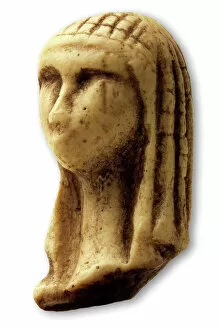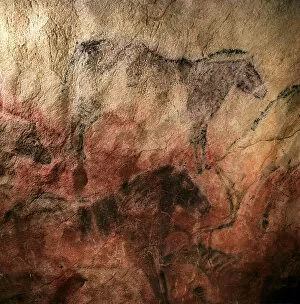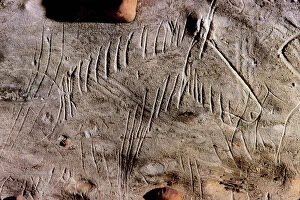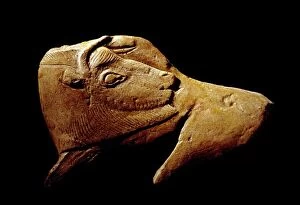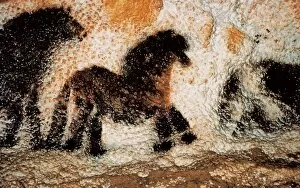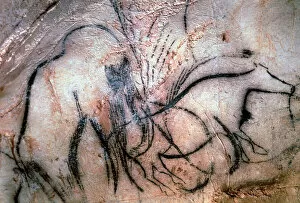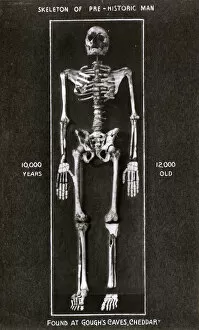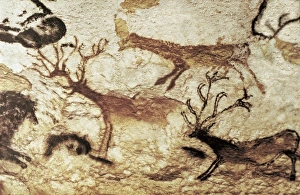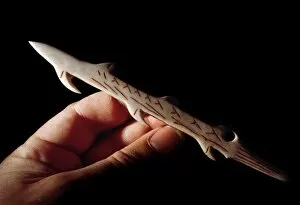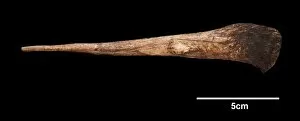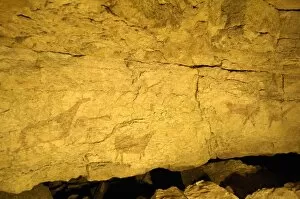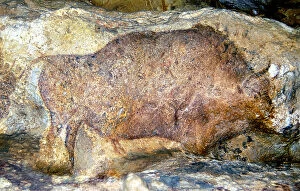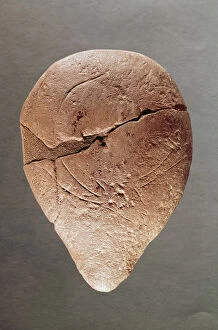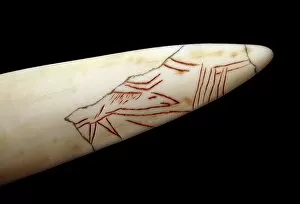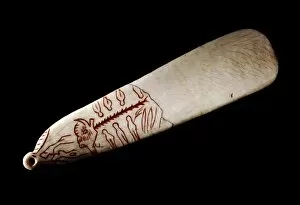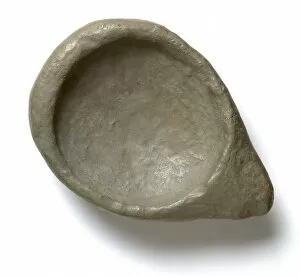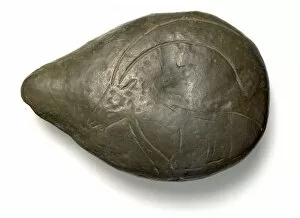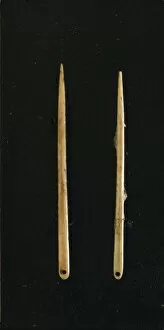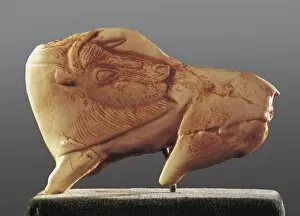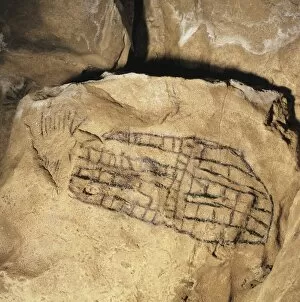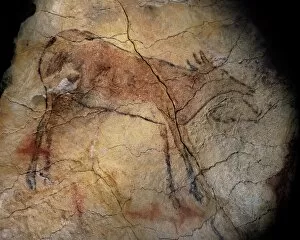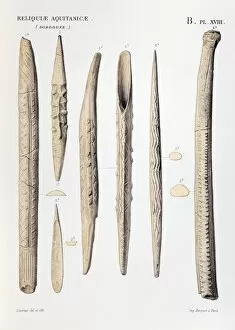Magdalenian Collection
The Magdalenian period, named after the site of La Madeleine in France, was a fascinating era in prehistoric Europe
All Professionally Made to Order for Quick Shipping
The Magdalenian period, named after the site of La Madeleine in France, was a fascinating era in prehistoric Europe. It spanned from around 17, 000 to 12, 000 years ago and is known for its rich artistic expressions found in caves across Spain and France. One of the most iconic artifacts from this time is the Venus of Brassempouy, a small ivory figurine depicting a woman's face. This delicate sculpture showcases the remarkable skill and attention to detail that Magdalenian artists possessed. In Santillana de Mar, Spain lies the Altamira Caves, famous for their breathtaking cave paintings. The bison depicted on these walls are incredibly lifelike and demonstrate the mastery of early human artists. Another Spanish cave worth mentioning is Tito Bustillo Cave in Ribadesella. Here we find "Shaggy, " an intricate carving representing an animal with long fur or hair. Its purpose remains unknown but serves as a testament to the creativity and imagination people. Horses were also significant during this period as seen in engravings like those found at Rouffignac Cave in Dordogne, France. The engraved head of a horse showcases not only technical skill but also reveals how deeply intertwined humans were with these majestic creatures. Mammoths were another popular subject among Magdalenian artists. Clay finger drawings found at Rouffignac Cave depict two mammoths facing each other—a powerful representation of these ancient beasts that once roamed Europe's landscapes. Kortezubi in Spain holds evidence of Upper Paleolithic artistry through its depiction of horses dating back approximately 13, 000 years ago. These renderings provide insight into our ancestors' connection with animals and their environment. Moving back to France, we encounter Montignac's Lascaux Cave—home to stunning paintings showcasing both mammoths and cattle within its Hall of Bulls.

